Jeju Aerospace Museum (제주항공우주박물관)
18.6Km 2018-08-07
218, Nokchabunjae-ro, Andeok-myeon, Seogwipo-si, Jeju-do
Jeju Aerospace Museum is the largest aerospace museum in Asia. The museum not only offers information and exhibitions related to aerospace as well as astronomy, but it also integrates education with entertainment to provide an enjoyable learning opportunity for both kids and adults. The view from the museum’s second floor is another sight not to be missed.
Norimae Park (노리매공원)
18.7Km 2024-10-31
2260-15 Jungsanganseo-ro, Daejeong-eup, Seogwipo-si, Jeju-do
Norimae Park gets its name from the Korean words for "play" and "apricot." As is expected from the name, the park is filled with apricot trees as well as other blossoms like daffodils, peonies, camelia trees and more. Furthermore, the park is decorated with Jeju's famous stones and a man-made waterfall and pond.
Jeju Fire Festival (제주들불축제)
18.9Km 2025-03-05
San 59-8 Bongseong-ri, Jeju-si, Jeju-do
+82-64-728-2753
Jeju Fire Festival is a representative cultural festival related to Jeju's culture of livestock care. Held every March at Saebyeoloreum Volcanic Cone, the night sky lights up with fiery red. The festival features a media façade show, torch march, fire show, and more as well as various programs and food trucks.
Saebyeol Oreum Volcanic Cone (새별오름)
18.9Km 2025-08-19
San 59-8 Bongseong-ri, Aewol-eup, Jeju-si, Jeju-do
+82-64-740-6000
Located in Bongseong-ri, Aewol-eup, Jeju-si, Saebyeol Oreum Volcanic Cone is a parasitic volcano cone set alone that looks like a lonely star (Saetbyeol in Korean) in the night sky, giving this volcano cone its name. Based on the highest south peak, small peaks continue in the northwest direction, forming an oval-shape. The oreum is a mid-sized oreum among 360 oreums on Jeju Island and it features a stunning view from the peak of the beautiful ridges connecting to one another.
Seogwang Tea Garden (제주 서광다원)
19.1Km 2019-09-20
446, Sinhwayeoksa-ro, Andeok-myeon, Seogwipo-si, Jeju-do
+82-64-794-6600
Seogwang Tea Garden, located in Seogwipo-si, Jeju, is known as the most well managed and largest tea plantation in Korea. Here, the tea leaves receive just the right amount of sun for it to be made into the highest quality product. Occupying an area 528,928m², the green field is spread out across the slopes of Seogwangseo-ri, attracting many visitors to the site.
The fields didn't use to be this green though; the ground was rocky and the soil composition wasn't fertile enough for plants to survive. Seogwang Tea Garden's transformation from a barren land to a lush green plantation became a good example of successful agriculture in the mountain areas.
The garden was also where Kim Jeong-hui (pen name Chusa), one of the most celebrated practitioners of calligraphy in the Joseon dynasty, spent his life of exile growing tea plants.
Southernmost Theme Park (최남단체험감귤농장)
19.2Km 2024-02-20
168 Namwinamseong-ro, Namwon-eup, Seogwipo-si, Jeju-do
Southernmost Theme Park is a rural ecological farm that offers various year-round experiences. In addition to citrus harvesting, it features insect observation activities, including butterflies, rhinoceros beetles, and stag beetles, animal feeding for sika deer, black pigs, and ostriches, and craft classes like citrus-based food preparation and soap making.
St. Isidore Farm (성이시돌목장)
19.4Km 2023-02-16
53, Sallongnam-ro, Jeju-si, Jeju-do
+82-64-740-6000
St. Isidore Farm was born when an Irish priest named McGlinchey (Korean name: Im Pi-je) was appointed in Jeju's Hallim region in 1954 and opened a livestock bank to help the impoverished locals. In 1961, it officially opened a central practice farm to not only educate on the livestock industry but also carry out hog farming, sheep breeding, beef cattle raising and dairy businesses. Today, the farm primarily raises cows and racehorses and produces high-quality organic milk and horses for racing to utilize the profits in various welfare projects. The farmland also presents an exotic scenery as the vast grasslands blend in with modern structures such as Ctesiphon, which symbolizes the history of the farm. The farm also has a cafe that uses milk produced at the farm in addition to a trail and park with religious themes.
Innisfree Jeju House (이니스프리 제주하우스)
19.5Km 2024-11-26
425 Sinhwayeoksa-ro, Andeok-myeon, Seogwipo-si, Jeju-do
Innisfree is a natural brand that embodies the natural beauty of clean Jeju Island. At Innisfree Jeju House, visitors can experience everything about the brand with a variety of activities that satisfy the five senses, as well as spending a relaxing time surrounded by the beautiful nature on Jeju Island.
Innisfree Jeju House was built to preserve the natural environment of the area. Visitors can feel as if they have become part of nature while they enjoy Innisfree's cosmetics made with quality ingredients harvested from Jeju, as well as organic food made with fresh local ingredients.
Osulloc - Jeju Branch [Tax Refund Shop] (오설록 제주)
19.5Km 2024-04-18
15, Sinhwayeoksa-ro, Andeok-myeon, Seogwipo-si, Jeju-do
-
O'sulloc Tea Museum (오설록 티뮤지엄)
19.5Km 2024-11-14
15 Sinhwayeoksa-ro, Seogwipo-si, Jeju-do
O'sulloc Tea Museum, located next to O'sulloc's Seogwang Tea Planation in Jeju, was opened by Amore Pacific in 2001 with the aim of introducing and spreading Korean teas and the traditional tea culture of Korea. The museum is a cultural space where the West and the East, and modernity and tradition coexist in harmony. The museum has a tea gallery, eco-friendly rest area, and a cafe where visitors can enjoy a variety of tasty tea-based desserts.

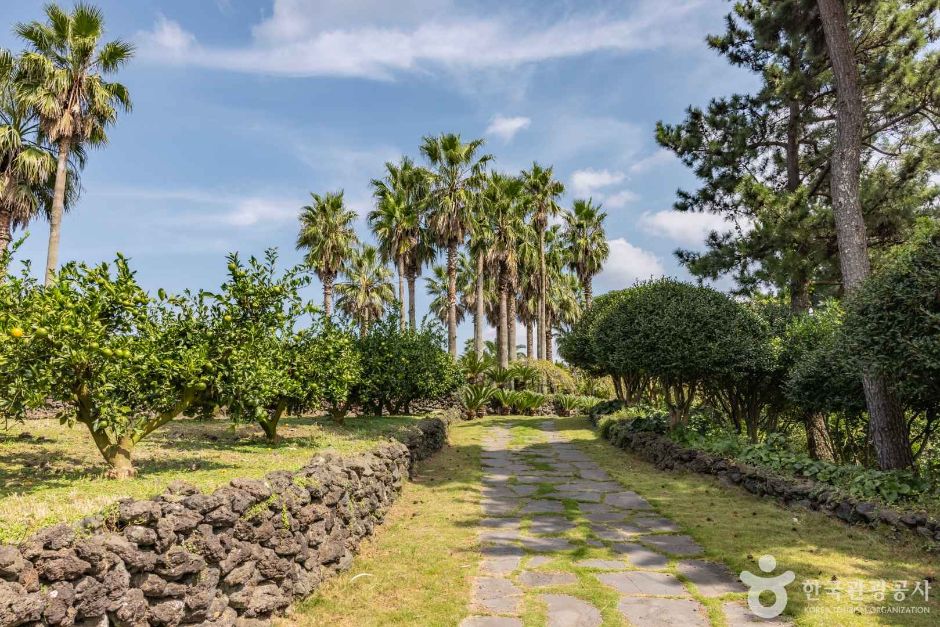
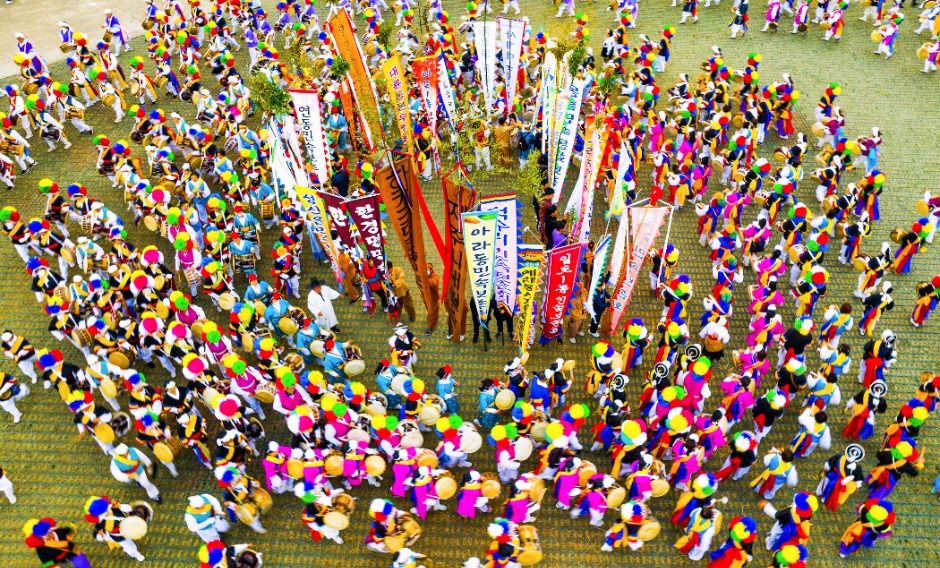
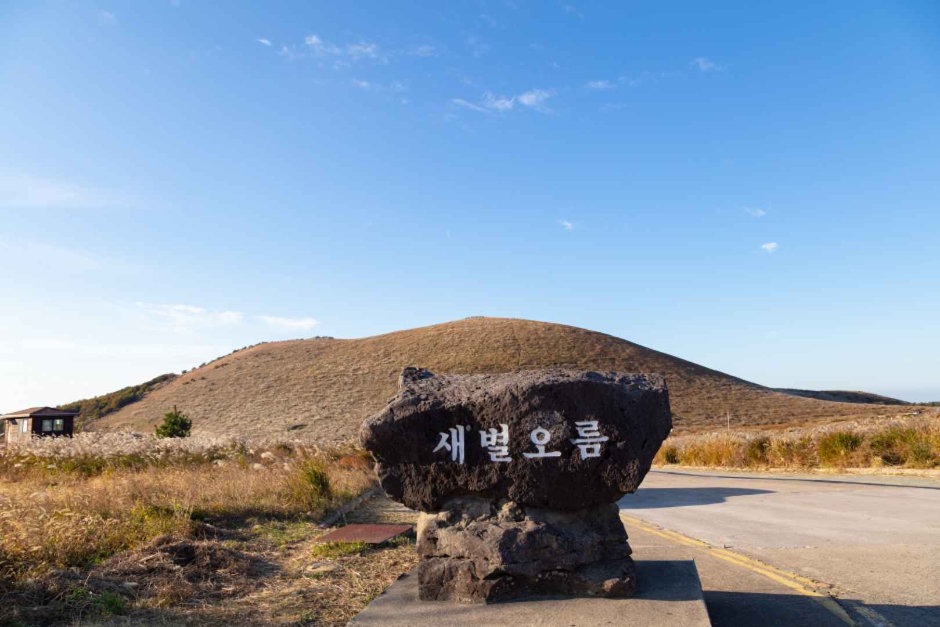
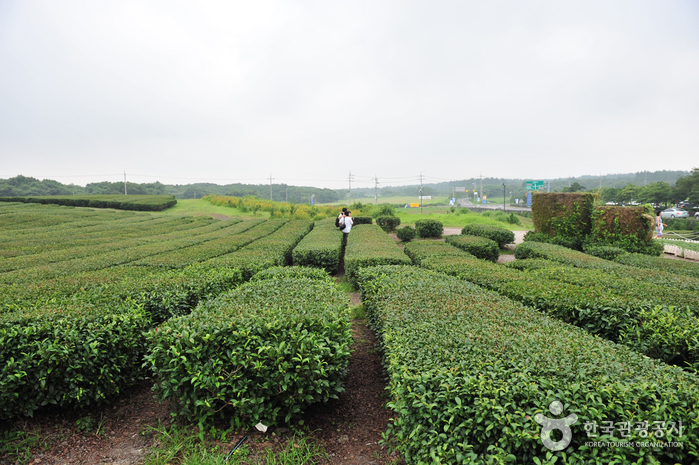
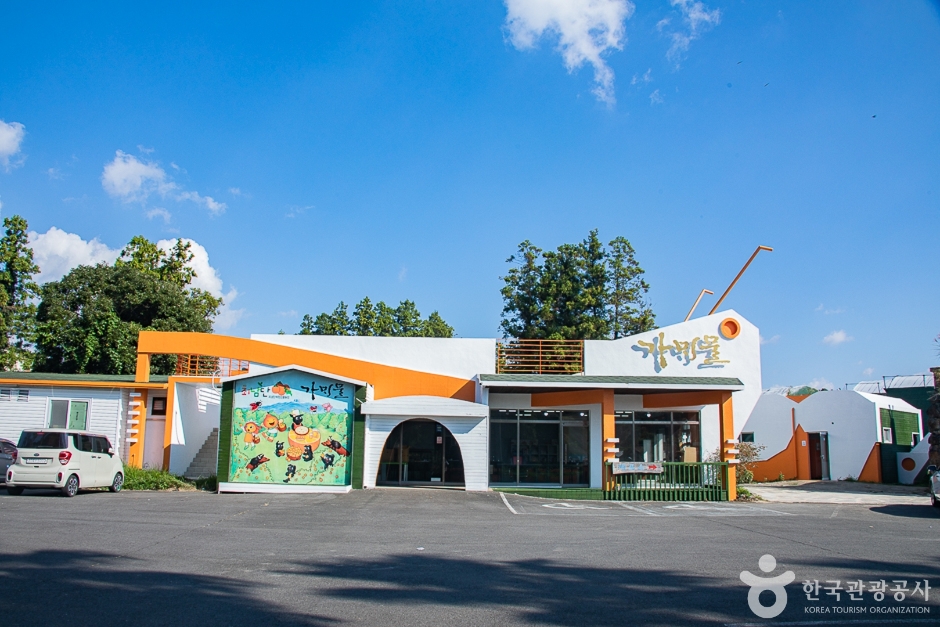
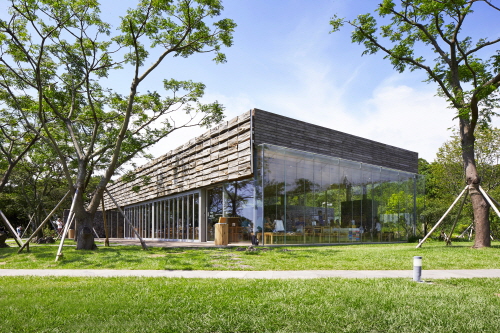
![Osulloc - Jeju Branch [Tax Refund Shop] (오설록 제주)](http://tong.visitkorea.or.kr/cms/resource/72/2887672_image2_1.jpg)
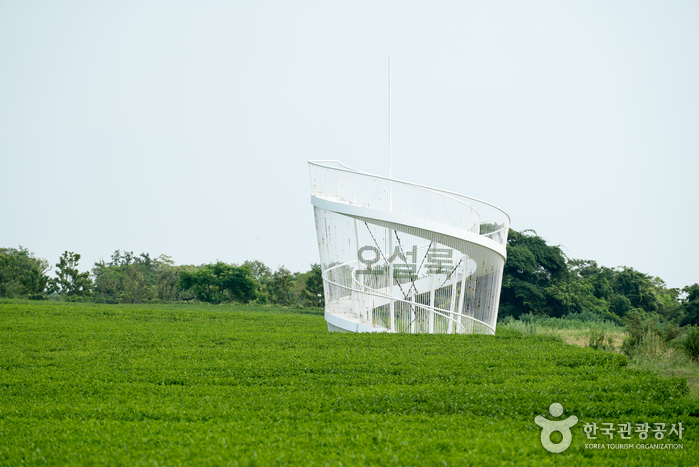
 English
English
 한국어
한국어 日本語
日本語 中文(简体)
中文(简体) Deutsch
Deutsch Français
Français Español
Español Русский
Русский